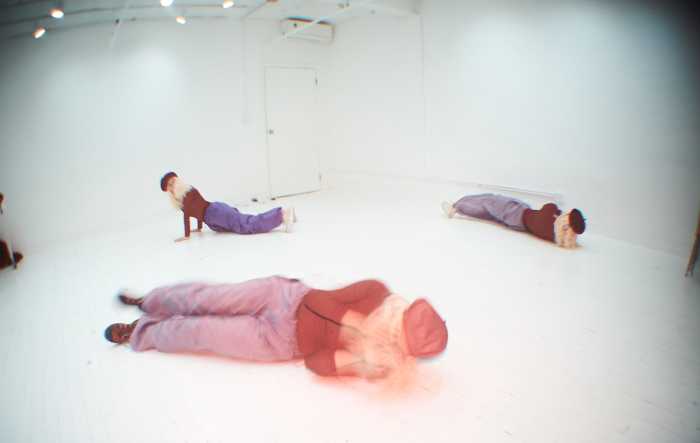P.S. 239 PTA Vice President Nancy Rivera, 44, spends about two to three hours per night doing homework with her son, 6, and grandson, 5, making sure that the boys understand the work they do each day in class at the Ridgewood Elementary School.
“A lot of kids need attention,” she said, adding that there are 24 children in her son’s first grade class, and 25 in her grandson’s kindergarten class.
Rivera’s son and grandson are stuck in two of the 8,000 early grade classes citywide with more than 20 students, the target number given by the state to city schools.
“When you have 27, 28, 29 kids in a class, it is just impossible to cater to the whole class,” said District 24 Community Education Council President Nick Comaianni, comparing the figure to the state average of 16 children per class, “especially in the early grades.”
Comaianni is the parent of three children in the District 24 schools, which has the worst overcrowding in the city. Due to the state’s failure to send the city any of the 14.8 billion in court-mandated school construction and education funds, the district will not get a promised 4,600 seats.
“The city could argue with the state but ultimately it’s the kids who pay for it,” he said.
At P.S. 113, where Comaianni’s fifth grader attends school, enrollment is over their building capacity by 138 percent, but also over the Department of Education’s (DOE) target capacity by 165 percent.
The DOE has attempted to scale down classes – especially early-childhood classes – to 20, but kindergarten to third grade classes remain packed, according to a recent report by State Comptroller Alan Hevesi.
Under the Early Grade Class Size Reduction Program set up by law in 1997, the state has handed over a total of $491 million in funding from 1998 to 2005, but the DOE would have needed 1,566 more classes this year to comply with the state’s mandate to lower the average to 20.
“At a time when lower enrollment in the lower grades should have made it easier to cut class size, it’s very disappointing that the city did not achieve the goal of an average of 20 students in a class,” Hevesi said. “The research is clear. Smaller class sizes in early grades mean children perform better, and the benefits are long-lasting.”
Although the average class size for early-childhood classes was 21.6 students, almost 60 percent held more than 20 students last year.
“This is when their minds open up, and this is when you have to teach them how to learn,” Comaianni said.
In response to the report, the DOE said that costs to implement the program have risen, while the state funds have remained at $88 million yearly, covering only a small portion of the costs.































